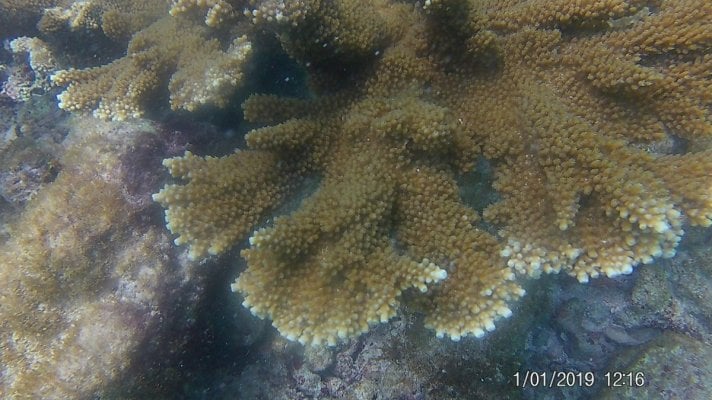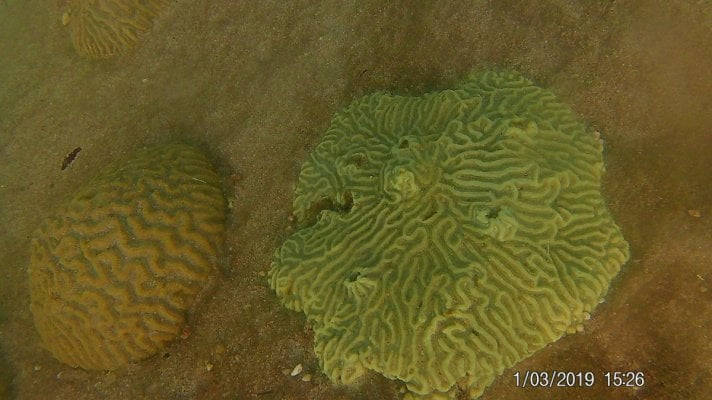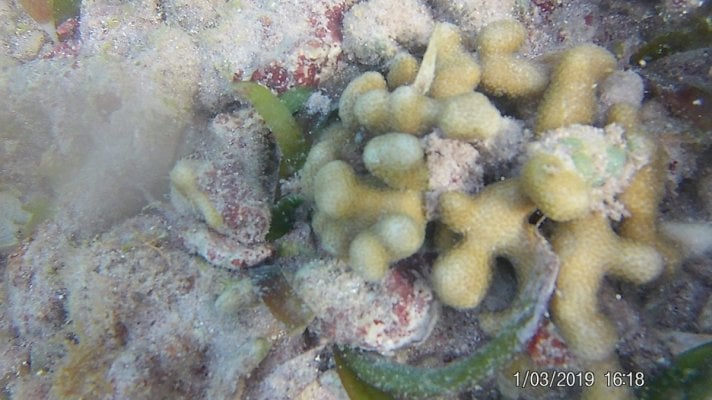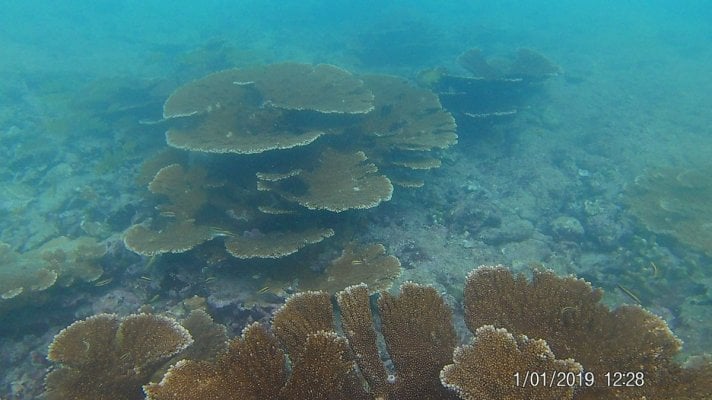Navigation
Install the app
How to install the app on iOS
Follow along with the video below to see how to install our site as a web app on your home screen.
Note: This feature may not be available in some browsers.
More options
You are using an out of date browser. It may not display this or other websites correctly.
You should upgrade or use an alternative browser.
You should upgrade or use an alternative browser.
Some Caribbean Corals in the wild(Barbados).
Oh nice corals bro
Sure. Ill try toYes, please share more! Also, share the depth and location if possible. Thanks
Not sure what Ditto means. The first pic is Acropora Prolifera(the hybrid) in shallow, sandy, turbulent water on a reef flat by "Paynes Bay" you could stand up easily in if you desired(https://goo.gl/maps/P9VMQpzYjXFJ6W3WA). Honestly it looked more like it was surviving that thriving although it apparently fragmented itself succesfully in that area. Second, the Brain Corals are on relatively recent manmade breakwaters right by the shore. Cant remember the depth but I think its wading depth or slighlty greater depending on the tide( https://goo.gl/maps/rt8SLV6zXo98Whtw7 ). Ironically, that is just next to a major outflow of stormwater, so all of those corals on that breakwater are exposed to some pretty turbid and nutrient rich water quality periodically within the rainy season(it looks crystal clear after enough time has passed though). Third pic, a coral that seems to like growing specifically in seagrass habitat(have seen it nowhere else), at Bath(https://goo.gl/maps/v2PPML845taCznjC8), a wide reef flat on the east(windward coast). The water is really shallow out there, at the lowest tides, you cant swim in some sections cause its too shallow. Being on the windward coast however, the wave action is constantly really high, and aside from low tides, a bit extreme. Third pic, with the healthy and large sized elkhorn coral. The reef was such that it accumulated wave energy in this otherwise calm area, to form significant current that would physically push you inshore depending on depth and weather. So periodically the fragments would break off, and attach to the reef surface(mainly made of coralline or very well grazed turf, but in the shallowest parts, flashy algae). You could find fragments surviving almost up to the waters surface, but they only started to look large and healthy in water that was deeper than 1-2 meters, and it looked healthier the deeper I went although I dont know the exact depth. All of it was growing in water defintely less than 10 meters, and thats generally where Ive seen that acropora.Ditto depth location would amazing. Share away!
Fringing Reefs of the Barbados MPA Recreational Zone
113 new items added to shared album
 photos.google.com
photos.google.com
Might post some more if they are not redundant later, but for now, heres a collection of photos I found of a particularly healthy reef(for my country's degraded standards), of much higher quality than mine, and with more detailed info.
The first pic is not acropora prolifera. It’s a hybrid between acropora palmeta and acropora cervicornis. It’s not it’s own species.Not sure what Ditto means. The first pic is Acropora Prolifera(the hybrid) in shallow, sandy, turbulent water on a reef flat by "Paynes Bay" you could stand up easily in if you desired(https://goo.gl/maps/P9VMQpzYjXFJ6W3WA). Honestly it looked more like it was surviving that thriving although it apparently fragmented itself succesfully in that area. Second, the Brain Corals are on relatively recent manmade breakwaters right by the shore. Cant remember the depth but I think its wading depth or slighlty greater depending on the tide( https://goo.gl/maps/rt8SLV6zXo98Whtw7 ). Ironically, that is just next to a major outflow of stormwater, so all of those corals on that breakwater are exposed to some pretty turbid and nutrient rich water quality periodically within the rainy season(it looks crystal clear after enough time has passed though). Third pic, a coral that seems to like growing specifically in seagrass habitat(have seen it nowhere else), at Bath(https://goo.gl/maps/v2PPML845taCznjC8), a wide reef flat on the east(windward coast). The water is really shallow out there, at the lowest tides, you cant swim in some sections cause its too shallow. Being on the windward coast however, the wave action is constantly really high, and aside from low tides, a bit extreme. Third pic, with the healthy and large sized elkhorn coral. The reef was such that it accumulated wave energy in this otherwise calm area, to form significant current that would physically push you inshore depending on depth and weather. So periodically the fragments would break off, and attach to the reef surface(mainly made of coralline or very well grazed turf, but in the shallowest parts, flashy algae). You could find fragments surviving almost up to the waters surface, but they only started to look large and healthy in water that was deeper than 1-2 meters, and it looked healthier the deeper I went although I dont know the exact depth. All of it was growing in water defintely less than 10 meters, and thats generally where Ive seen that acropora.
I'm aware that it is a hybrid. The name acropora prolifera is the name of said hybrid. You can google that if you wish.The first pic is not acropora prolifera. It’s a hybrid between acropora palmeta and acropora cervicornis. It’s not it’s own species.
Ok, I thought u meant that you were saying it was it’s own species. Im sorruI'm aware that it is a hybrid. The name acropora prolifera is the name of said hybrid. You can google that if you wish.
It's no problem lolOk, I thought u meant that you were saying it was it’s own species. Im sorru
I believe the second picture shows Pseudodiploria clivosa (right(pretty positive) and Pseudodiploria strigosa (left)(less positive
Unsure about the left one as well, but you're definitely right on the Pseudodiploria clivosaI believe the second picture shows Pseudodiploria clivosa (right(pretty positive) and Pseudodiploria strigosa (left)(less positive
Similar threads
- Replies
- 0
- Views
- 135
- Replies
- 0
- Views
- 123
- Replies
- 25
- Views
- 712
- Replies
- 5
- Views
- 409






















